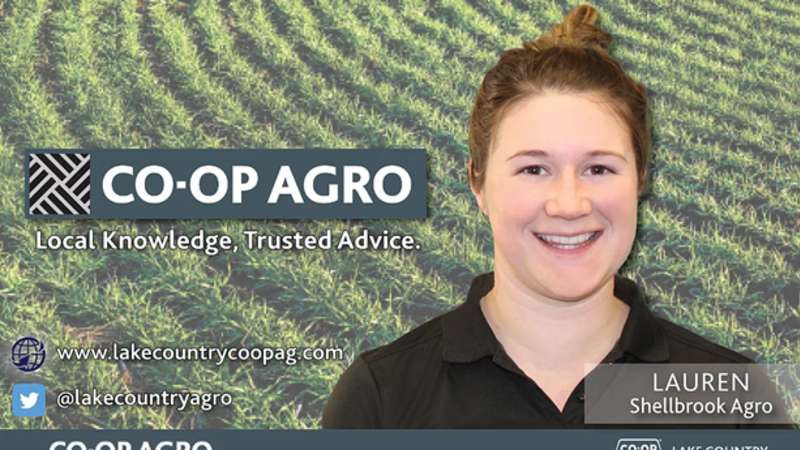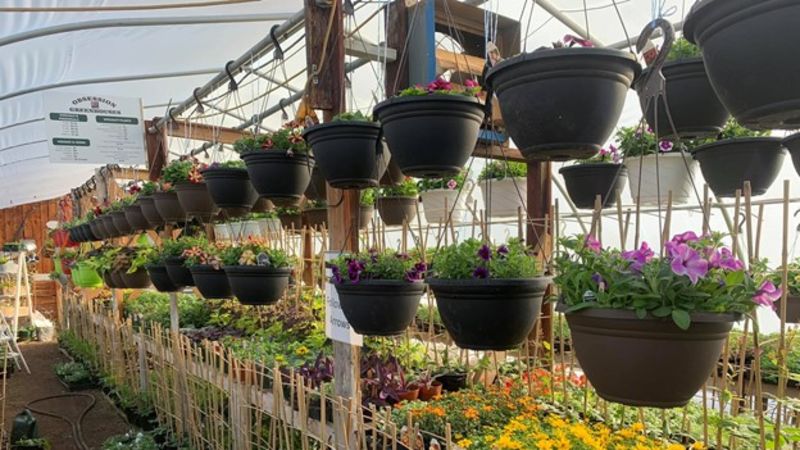
Straight cutting your canola
These past few years, the industry has seen a variety of new traits bred into canola seed varieties. We are bombarded with a variety of terms including “Pod Shatter”, “Harvest Max”, and “Late Swath Potential”. Canola companies have their own specific breeding program that has produced varieties with these particular traits to give producers the option of delayed harvest and in turn, higher yield potential.
Straight cutting canola seems to be a growing trend, although it is not necessarily the answer for every operation. When considering straight cutting canola, there are a variety of factors that come into play, including:
1. Field choice: Choosing the proper field is probably the most crucial. We want an even field with little topography changes to allow for the most even maturity possible throughout the field. This gives each plant an equal opportunity to fill as long as possible and to be harvested at the same time which should be dollars in our pocket.
2. Start clean and stay clean: Ensuring a good preburn on our field gives our canola the chance to emerge at the same time and rate. Keeping it as clean as possible for as long as possible throughout the growing season means less competition for nutrients for our canola, allowing our crop to mature at a consistent rate across the field.


